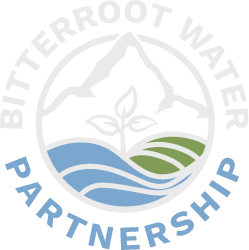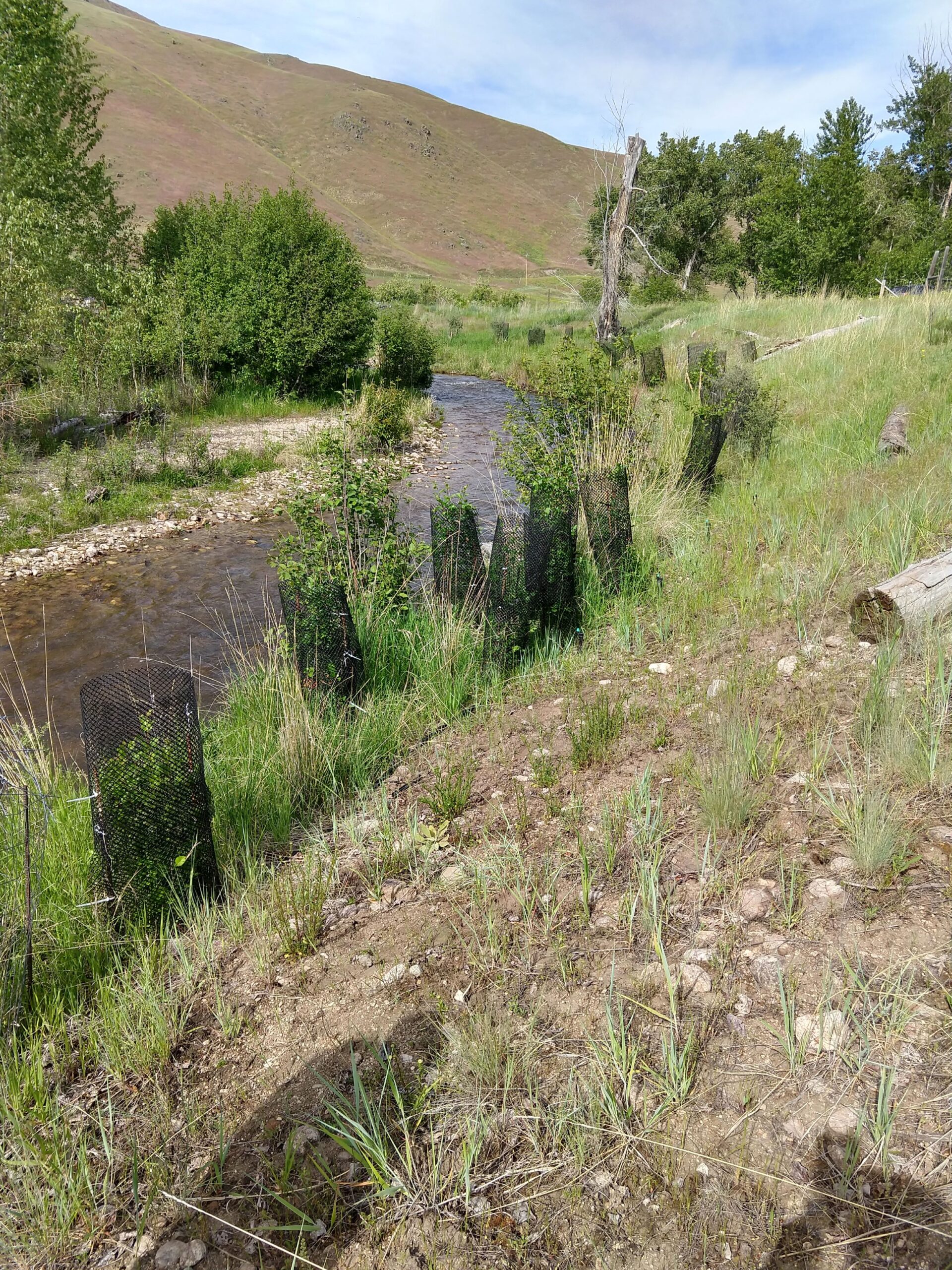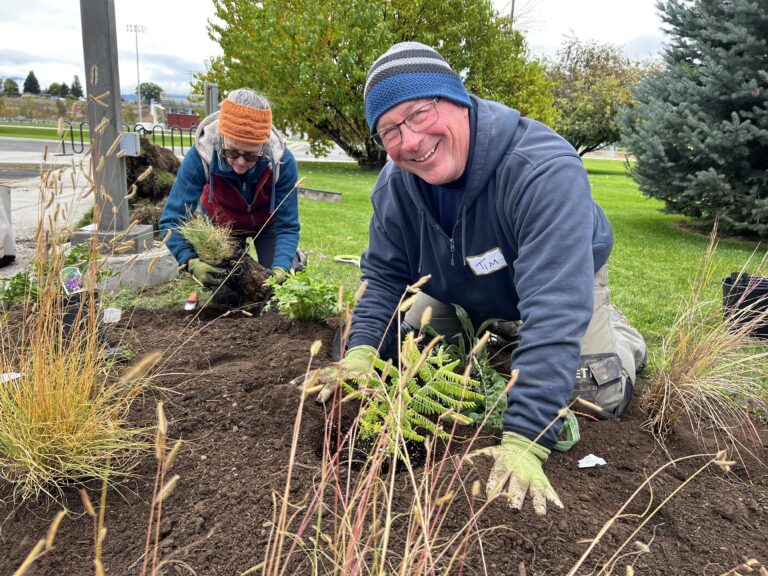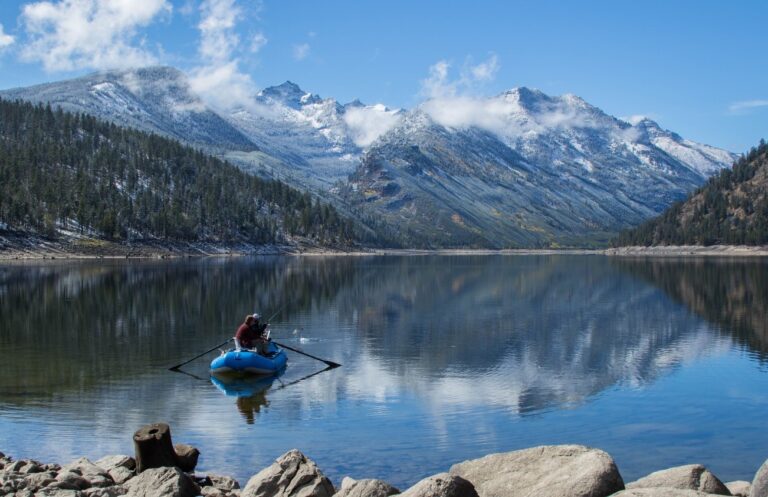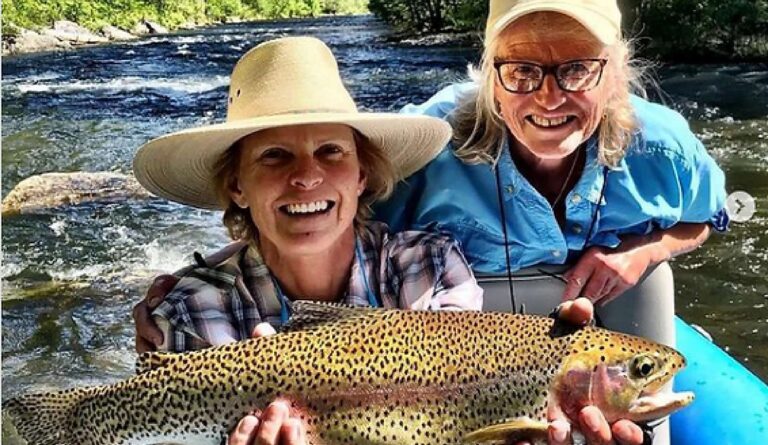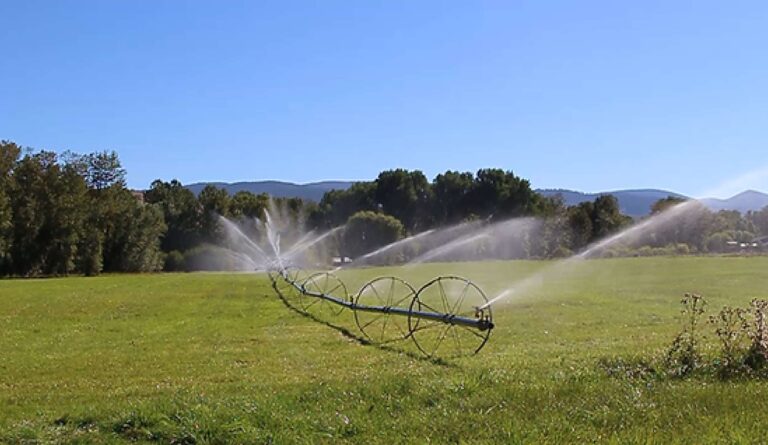The Dirty Truth – Sediment Pollution in the Bitterroot
It’s real, it’s dirty, and it’s a problem! We’re talking about sediment, those small particles of rock and soil that flow from land to water. Despite the small size of these particles, they contribute to a big problem in the Bitterroot. In fact, sediment pollution is one of the most common challenges faced by priority threatened streams in our watershed with ten stream sections meeting sediment levels that would classify them as ‘degraded’ by the Department of Environmental Quality. We love the clear, blue waters of the Bitterroot, but we’ve got to get down and dirty if we want to keep our waters clean.
What’s the Deal with the Dirt?
When it rains, it pours and when it pours our streams are clouded up with small particles of dirt that muddy the water and threaten fish. The biggest sources in the Bitterroot come from loose soil alongside waterways not held down by streamside plants as well as miles and miles of abandoned or degraded dirt roads.
Most of these roads are old Forest Service logging roads that are no longer in use as more and more private land became public and was set aside for preservation when the logging companies moved away. These swathes of forest were left to return to their native state on their own and these areas help contribute to the wild character of our Valley, but they also now sit as strips of sediment just waiting to be washed away.
Bankside erosion is a huge problem in a county marked by so many small creeks, streams, and irrigation channels. Riparian vegetation naturally grows alongside our river and riparian species are well adapted to the somewhat precarious conditions alongside water bodies that like to snake and move around. These plants help hold in soil and stabilize banks without the need for riprap, but when they’re removed the soil that they held onto crumbles into the river and erosion increases. The West Fork and the East Fork, the two rivers that meet to form the start of the mainstem of the Bitterroot, both need a 75% decrease in sediment originating from human-caused bank erosion to meet Montana water quality standards for unimpaired.
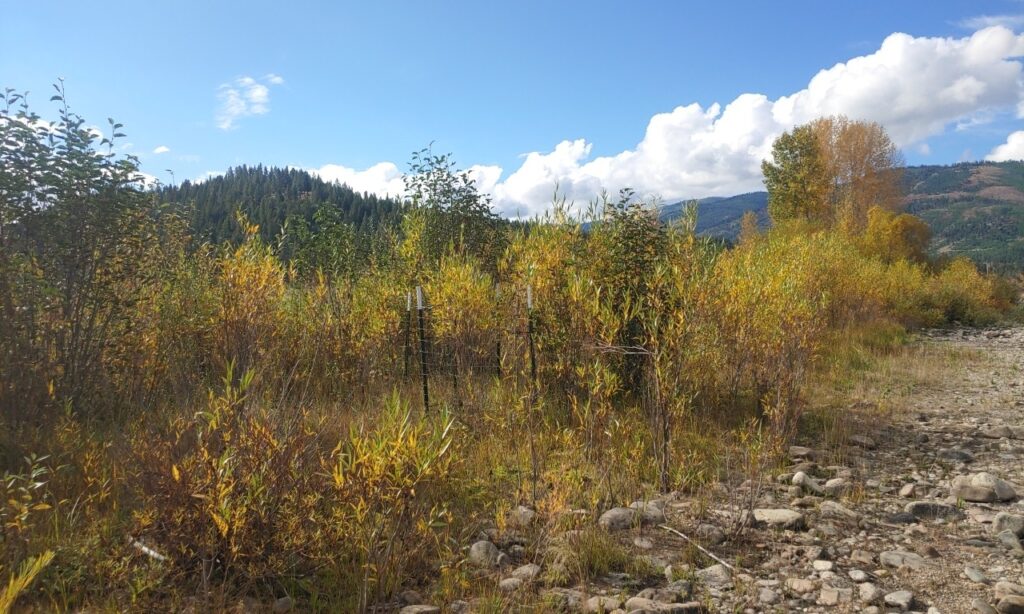
Little Particles, Big Problems
When we look at just a couple of dirt clods, it can be hard to grasp just how destructive sediment pollution can be. However, these tiny particles can add up quickly to clog up streams and when they settle on river bottoms, they suffocate small insects that fish rely on for food disrupting the entire food web. Sediment pollution can also have long-lasting impacts on native fish populations. When sediment settles at the bottom of streambeds, it settles on top of fish eggs and suffocates them. Entire generations of trout and other angling prizes are lost when sediment levels build up too much. The cloudy water that results from all this unwelcome, loose dirt can also make it hard for fish to locate prey and to detect predators.
Additionally, when riparian vegetation borders streams on agricultural land, sediment runoff resulting from its removal often carries nutrients like nitrogen and phosphorous from chemical fertilizers and manure. Algae in the river love these nutrients and gorge themselves on it. Eventually when the algae die, the decomposition process uses up the oxygen in the water leaving an oxygen-poor environment that is difficult for fish and other aquatic animals to survive in. And these small bits of rock can also pick up toxic chemicals and microplastics as they move from developed areas to our rivers and streams. All this from some loose dirt! But as many Bitterrooters understand, our waterways are complex systems and one change can lead to all types of unexpected impacts.
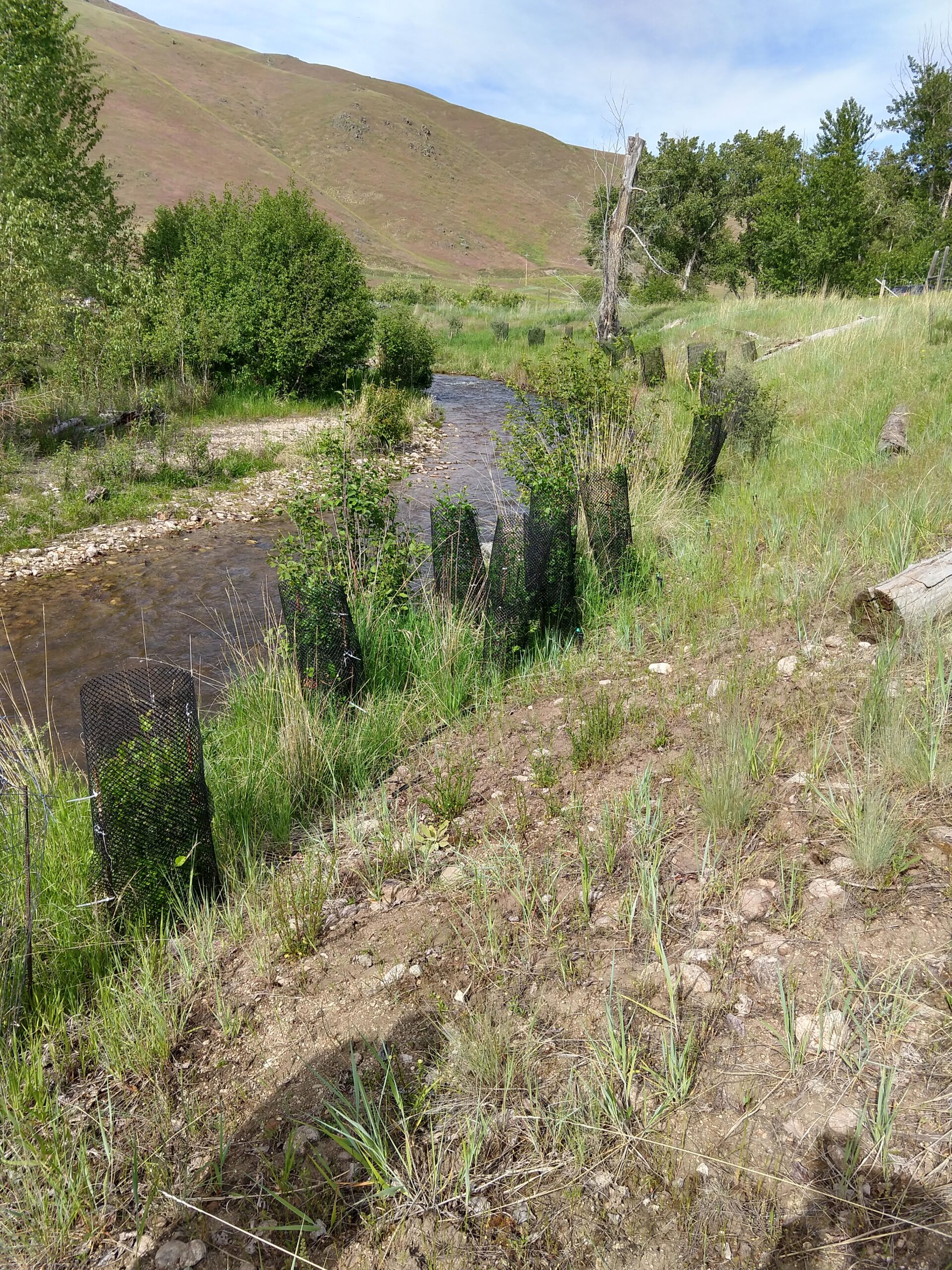
Cleaning Up Our Act
It’s easy to get bogged down in all this dirt, but sediment pollution solutions are relatively simple! Streamside landowners can maintain the riparian vegetation that grows alongside the water to prevent bank erosion and individuals can focus on native plants which often have deep root networks to access water in our naturally arid environment and help hold onto soil.
We at the Bitterroot Water Partnership partner with public and private landowners to restore streamside habitat areas with willows and other plants to prevent sediment runoff. Projects at Rye Creek and Sleeping Child Creek have reduced the sediment in those waterways by 172.5 tons annually! These plantings don’t just provide valuable bank stabilization work, they also provide healthy habitat for nesting and resting animals. Overhanging riparian vegetation can even lower stream temperatures to create oases of cooler areas that many trout prefer. Skalkaho Bend Park sets an excellent example of a bank restoration project that provides a multitude of benefits outside of decreased sediment runoff and partnerships with the Forest Service focused on road rehabilitation return unused, sediment-heavy roads back into healthy habitat for all the animals that our miles of wilderness areas contain. Although there’s work to be done, with the proper tools the future of the Bitterroot is both bright and clear!
